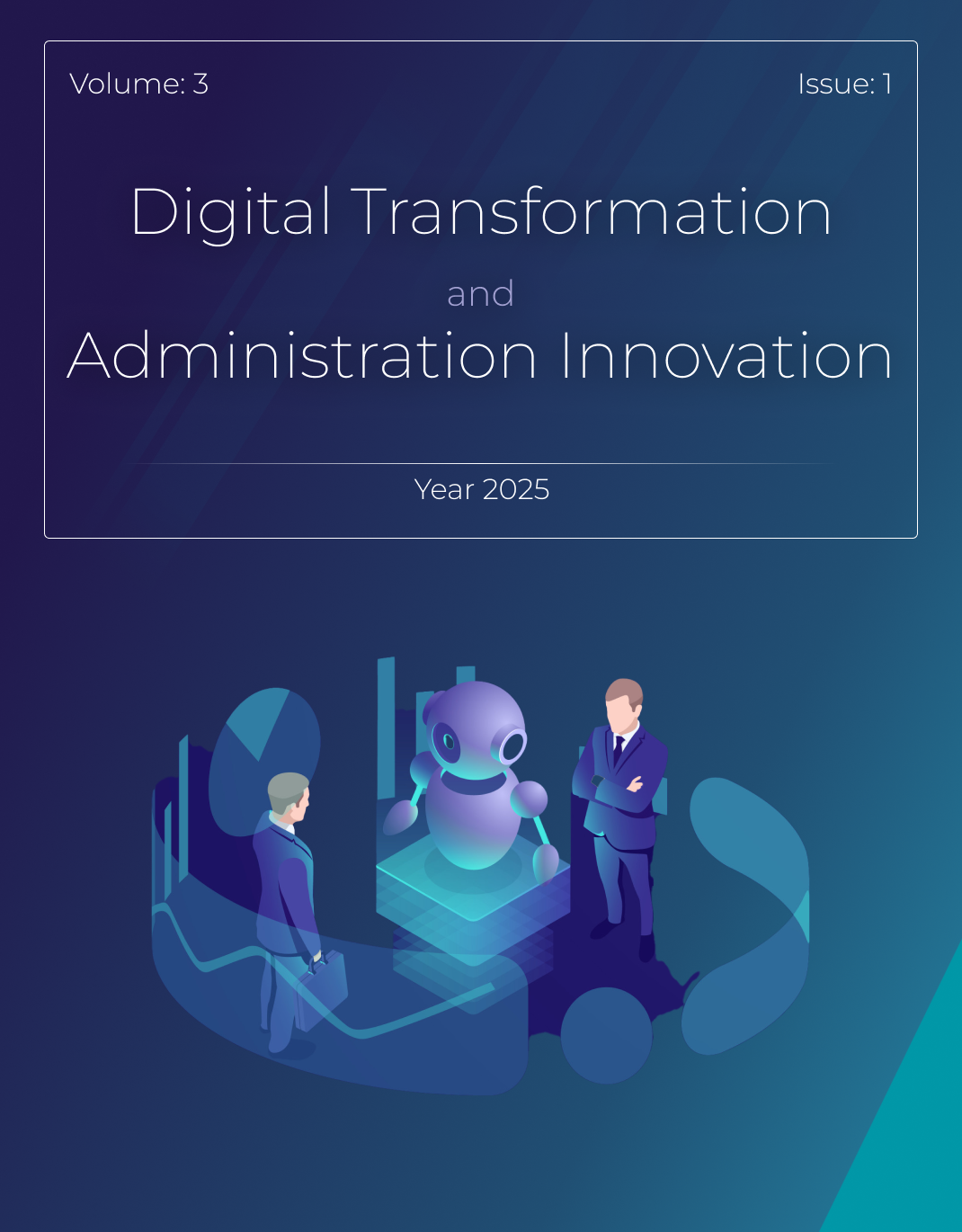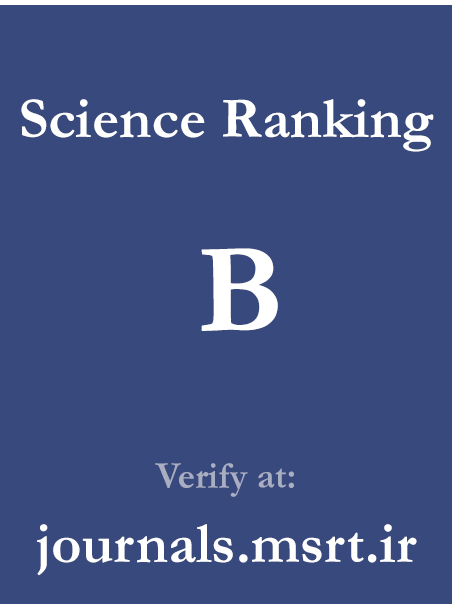The Impact of Artificial Intelligence Technology on Enhancing the Efficiency of Auditing Processes and Increasing Financial Transparency
Keywords:
artificial intelligence, financial auditing, financial transparency, financial fraud, machine learning algorithmsAbstract
This study was conducted with the aim of investigating the innovations of artificial intelligence (AI) technology in improving auditing processes and enhancing financial transparency. Given the increasing complexity of data and financial reports, the application of advanced machine learning algorithms and natural language processing enables more accurate analysis and the automation of repetitive auditing tasks. Utilizing an analytical-applied approach and relying on valid financial data, this study employed algorithms such as decision trees, random forests, artificial neural networks, and gradient boosting to detect financial fraud and assess the transparency of auditing processes. The principal innovation of this research lies in the integration of multiple AI algorithms and the application of advanced feature selection methods (based on variance, correlation, and mutual information), which led to increased precision and sensitivity in fraud detection and transparency analysis. The results indicate that the random forest algorithm achieved an accuracy rate of 92%, and the gradient boosting algorithm attained an accuracy of 95%, demonstrating outstanding performance in fraud identification. Meanwhile, artificial neural networks, with an accuracy of 90%, succeeded in detecting more complex patterns, although they were accompanied by computational challenges. This study emphasizes that AI, as an innovative technology, plays a key role in enhancing financial transparency and trust in audit reports by reducing human errors and increasing efficiency. However, it also requires high-quality data and the development of methods for interpreting results.
Downloads
References
Ahmadian, V., Fazelzadeh, A., Naghdi, S., & Yahya Salman, I. (2024). The Effect of Artificial Intelligence and Blockchain Technologies on Improving the Quality of Financial Reports. The Twenty-First International Conference on Research in Management, Economics and Development, https://civilica.com/doc/2055226/
Al-Omush, A., Almasarwah, A., & Al-Wreikat, A. (2025). Artificial intelligence in financial auditing: redefining accuracy and transparency in assurance services. EDPACS, 1-20. https://doi.org/10.1080/07366981.2025.2459490
Fedyk, A., Hodson, J., Khimich, N., & Fedyk, T. (2022). Is artificial intelligence improving the audit process? Review of Accounting Studies, 27(3), 938-985. https://doi.org/10.1007/s11142-022-09697-x
Fidyah, F., Usman, S., Pradita, A. E., & Setyawati, D. M. (2024). The Impact of Artificial Intelligence on Auditing Processes and Accuracy: A Future Outlook. Dinasti International Journal of Economics, Finance & Accounting (DIJEFA), 5(4). https://doi.org/10.38035/dijefa.v5i4.3224
Ghaemi Asl, M., Nasr Esfahani, M., & Kashani, L. (2023). Artificial Intelligence and Economics: (Functions and Perspectives in Business Space, Economic Policy, Financial Industry and Islamic Finance). Kharazmi University. https://www.gisoom.com/book/44829972/
Haroonkolaei, K., & Barzegar, G. (2023). Explaining the Effective Financial Variables in Predicting Financial Recovery Using Artificial Intelligence Approach. Economic Modeling, 1(1), 89-103. https://journals.iau.ir/article_703693.html
Jiao, D., Zhang, W., Rahnama Roodposhti, F., & Poureaskari Jorshari, F. (2022). Artificial Financial Intelligence: FinTech and Financial Mathematics. Hooshmand Tadbir. https://torob.com/p/6ae0fc20-3ddc-4136-89f1-456a3bd8e903/%D8%AF%D8%A7%D9%86%D9%84%D9%88%D8%AF-%DA%A9%D8%AA%D8%A7%D8%A8-artificial-financial-intelligence-in-china-financial-mathematics-and-fintech-1st-ed-2021/
Khorsheed, H. S., Ismael, N. B., & Mahmod, S. H. O. (2024). The impact of artificial intelligence and machine learning on financial reporting and auditing practices. International Journal of Advanced Engineering, Management and Science, 10(6), 30-37. https://doi.org/10.22161/ijaems.106.4
Kuswara, Z., Pasaribu, M., Fitriana, F., & Santoso, R. A. (2024). Artificial Intelligence in Financial Reports: How it Affects the Process's Effectiveness and Efficiency. Jurnal ilmu keuangan dan perbankan (jika), 13(2), 257-272. https://doi.org/10.34010/jika.v13i2.12730
Malek Akhlagh, E., & Rafieepour Chirani, I. (2024). The Impact of Artificial Intelligence and Business Intelligence on Improving the Financial Performance of Companies. The First National Conference on Management in the Era of Transformation with Emphasis on Technology, Science and Practice, https://civilica.com/doc/2114653/
Matin Fard, M., & Dastbaz, S. H. (2023). The Impact of Artificial Intelligence Training of Auditors on the Timeliness of the Audit Report. The First International Conference on Modern Studies in Management, Economics and Accounting, https://civilica.com/doc/2055038/
Mirchi, A. R., Maleki, M., & Shams, K. (2019). Modeling the Effect of Brand Equity, Financial Transaction and LRFM Pattern on Banking Customers Loyalty Using Artificial Intelligence. The Second International Conference on Modern Research Solutions in Management, Accounting and Economics, https://civilica.com/doc/954952/
Rane, N., Choudhary, S., & Rane, J. (2023). Blockchain and Artificial Intelligence (AI) integration for revolutionizing security and transparency in finance. https://doi.org/10.2139/ssrn.4644253
Sreseli, N. (2023). Use of Artificial Intelligence for Accounting and Financial Reporting Purposes: A Review of the Key Issues. American International Journal of Business Management (AIJBM), 6(8), 72-83. https://www.aijbm.com/wp-content/uploads/2023/08/I687283.pdf
Stein Smith, S., & Dargahi, I. (2021). Blockchain, Artificial Intelligence and Financial Services: Implications and Applications for Financial and Accounting Experts. Simorgh Aseman Azargan Publishing Institute. https://cir.nii.ac.jp/crid/1130285377013618945
Taghipour, S., Goodarzi, A., & Bobillier, T. (2020). Future Banking: Transformation of Banking Through Emerging Financial Technologies of Artificial Intelligence and Machine Learning (Theoretical and Applied Foundations). Virast. https://www.gisoom.com/book/11673797/
Vaghefi, S. H., & Darabi, R. (2019). Validation of Artificial Intelligence Algorithms in Predicting Financial Distress in the Industry and Mining Sector with Emphasis on the Role of Macroeconomic, Financial, Managerial and Risk Variables. Journal of Business Research, 21(111), 213-243. https://pajooheshnameh.itsr.ir/article_36983.html?lang=fa
Downloads
Published
Submitted
Revised
Accepted
Issue
Section
License
Copyright (c) 2025 Zahra Menatpour (Author); Gholamreza Farsad Amanollahi (Corresponding author)

This work is licensed under a Creative Commons Attribution-NonCommercial 4.0 International License.







